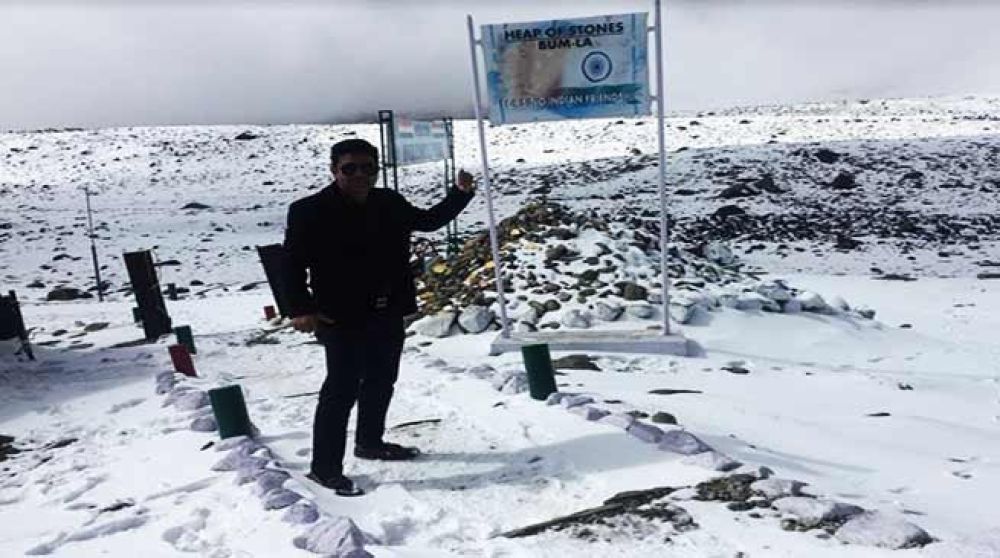

Bumla Pass, situated in the northeastern state of Arunachal Pradesh in India, has been etched in history for its geostrategic importance and remarkable natural beauty. Perched at an altitude of about 15,200 feet, Bumla Pass serves as a significant passageway between India and Tibet (China).
The pass played a crucial role during the 1962 Sino-Indian War, acting as one of the battlegrounds. This has rendered Bumla Pass not just a tourist spot but a place of great historical importance. Over the years, it has become a symbol of peace and camaraderie between the two nations, particularly after the re-opening of the border for trade and tourism in 2006. Although accessibility is subject to weather conditions and military oversight, it remains a poignant site for visitors from all over the world.
The history of tourism in Bumla Pass is relatively nascent compared to other historical sites in India. The area was not widely accessible to tourists until a few years back due to its sensitive border location and harsh climatic conditions. The entry is still regulated, and tourists need special permits from the Indian Army to visit Bumla Pass. Tourism began to gradually take shape as the intrinsic charm and the cultural ethos of the place started drawing the interest of adventure travelers and history enthusiasts.
In recent years, the allure of Bumla Pass has grown, with a steady increase in the number of visitors looking to experience its unspoiled landscapes and poignant history. The latest trends in tourism here focus on sustainable and responsible travel, with an emphasis on preserving the pristine nature of the region.
Another emerging trend has been the inclination towards experiential travel. Tourists are seeking to immerse themselves in the local culture, cuisine, and traditional lifestyles of the Monpa tribes. With the surge in domestic travel, especially after global travel restrictions due to health crises, Bumla Pass has seen more Indian tourists exploring offbeat destinations within their country.
For those looking to visit, the Tawang region is renowned for its scenic beauty, Buddhist monasteries, including the famous Tawang Monastery, and its warm-hearted people. The journey to Bumla Pass itself is considered an adventure, involving a road trip through rugged terrain with stunning views of snow-clad mountains and high-altitude lakes such as the Ptso and Sangestar Tso.
Travelers are reminded that the pass is a sensitive area and to obtain the necessary permits. They are also encouraged to engage with local guides and respect the sanctity of the place, reflecting the ethos of sustainable and sensitive tourism that is promoted in Arunachal Pradesh.
The Bumla Pass not only offers an opportunity to witness the natural splendor of the Eastern Himalayas but also provides a deep dive into the poignant moments that shaped its history. The tourism trends in and around this region underscore a growing desire among tourists for authentic experiences, resting on the pillars of sustainability and cultural appreciation.
Whether one is an adventure enthusiast, a history buff, or simply a lover of nature, Bumla Pass and its environs in Tawang district offer an exceptional voyage into the heart of India’s northeastern frontier.